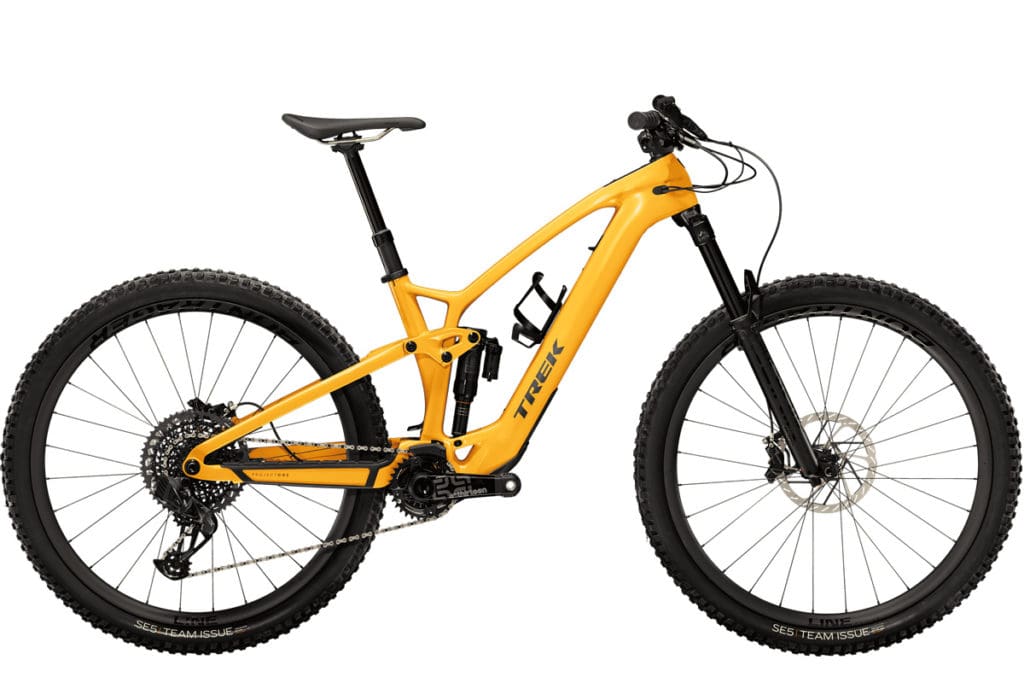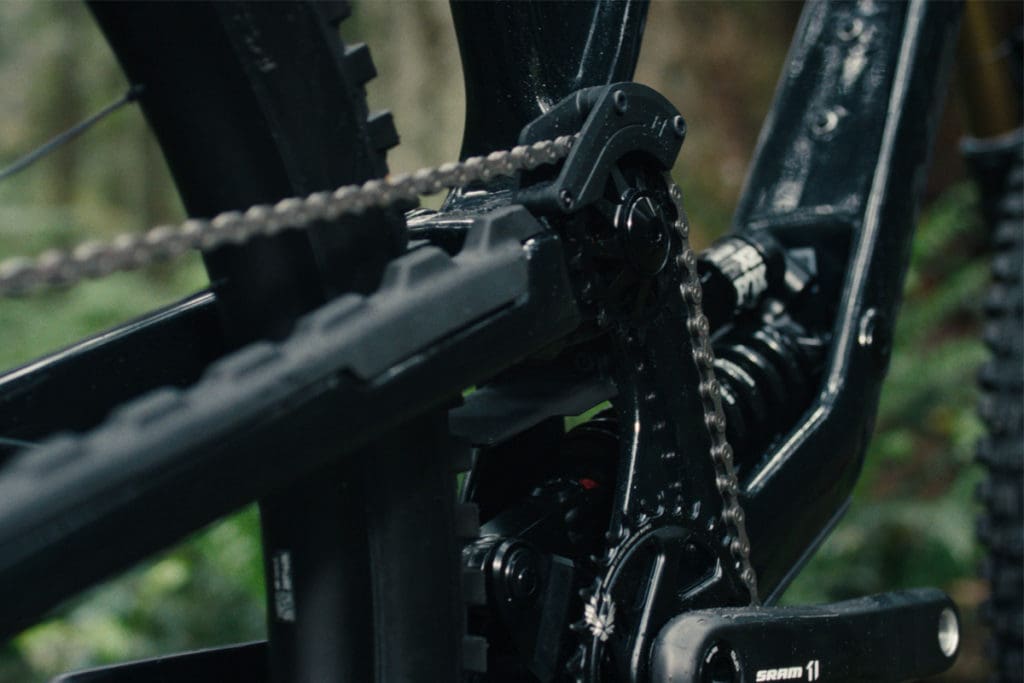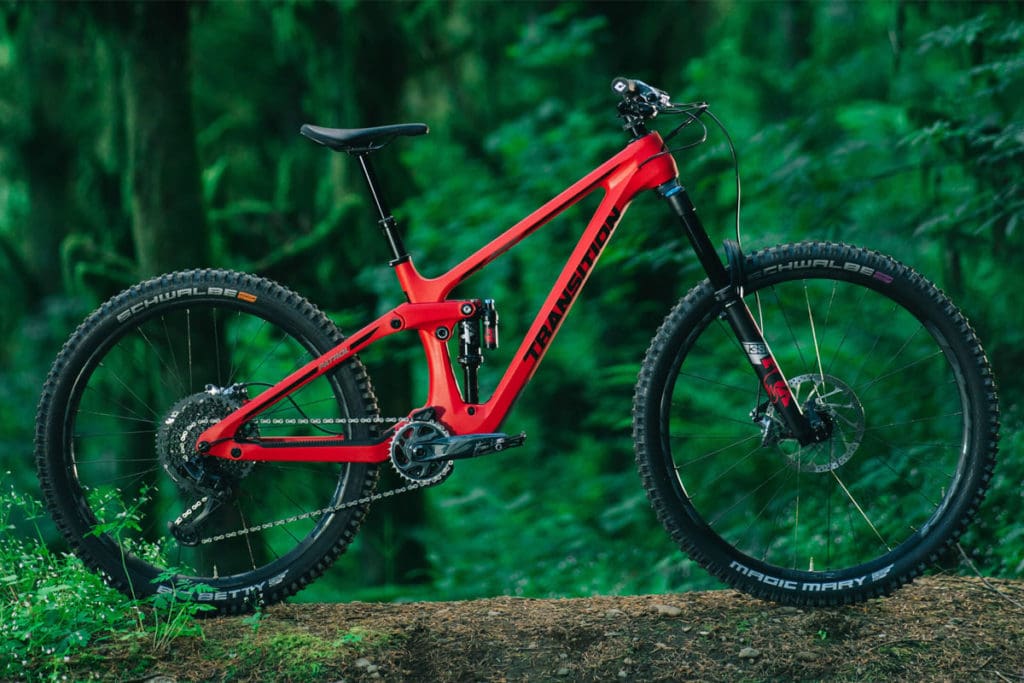Top Trends in MTB Amazing Evolution

Mountain bikes continue to be a hotspot for innovation in cycling, as adaptation to their habitats take them further from the age-old traits of their road-bound relations.
Amid a sea of fresh ideas and reconsidered solutions to the challenges and opportunities of off-road riding, some concepts come and go, while others plot a path for a true revolution in mountain biking.
Here are three trends that have certainly gained enough traction to fully infiltrate the mainstream and look set to steer the long-term evolution of MTBs.
Light e-MTBs
The emergence of electric mountain bikes brought the inevitable race to develop more powerful motors and batteries with increasing range.
Manufacturers have made great gains in the quest to propel the typical 24kg e-MTB longer and with more responsive grunt. However, a different perspective has emerged during the past couple of years, sacrificing some of that torque and range to create a more nimble and manoeuvrable bike.
Specialized helped kick off his departure among the mainstream brands, when it released its Turbo LEVO SL in 2020 and has since been joined in the lightweight segment by manufacturers including Trek, Orbea and Pivot.
It would seem there are plenty of riders prepared to forgo some climbing speed and/or power assistance for a more responsive machine on the way back down.
A relatively light 17kg MTB is also easier to lift over gates or into cars.
The delineation between lightweight and standard mountain bikes could become much less clear as motors and batteries source more power from small and lighter units. But for now, the lightweight MTBs are offering a clear choice for riders.

High-Pivot Suspension
The benefits and desirability of high-pivot suspension system among gravity bikes has prompted its migration into other sectors of the MTB market – and by an increasing number of brands.
Raised pivot points – with their tell-tale extra driveline cog above the chain ring – are now starting to appear on trail bikes, as well as their increased prevalence on downhill and enduro models.
Like many progressions in cycling, high-pivot rear suspension first emerged during mountain biking’s infancy and has been bouncing around the industry since that time. But it has really matured as a solution worthy of mainstream investment during the past year or so.
Cannondale, GT, Trek and Commencal are among the companies that have turned to high-pivot suspension to achieve a smoother ride and hold momentum over obstacles.
Changing the direction of the rear wheel in its suspension arch – from the up and forward of conventional suspension to back and up with high-pivot systems – creates better shock-absorption on square-edged impacts.
There’s certainly enough excitement around high-pivot suspension to convince companies to expand it into more models, including bikes with shorter travel, where the added dampening can make 130mm of travel feel more like 150mm.

Mullet Bikes
Three decades have passed since Cannondale and Trek dabbled with MTB designs with differing wheels sizes between the front and back.
Maybe the mountain biking zeitgeist wasn’t conducive at the time, maybe the 29er front/26-inch at the back combination was too extreme … or maybe they didn’t have a catchy enough nickname.
Whatever the reason, the concept failed to gain momentum – until recently.
Cue the contemporary ‘party at the back’ reference and welcome ‘mullet bikes’ to the trails near you.
Mixed-wheel-size bikes have gained a following in downhill and enduro during the past two years and they’re starting to infiltrate trail bike design.
The favoured configuration – 29-inch front and 27.5-inch rear – combine the widely held beliefs that a 29er wheel generally rolls more easily over obstacles than smaller alternatives, while smaller wheels are superior for turning corners.
The smaller rear tyre also offers increased clearance between tyre studs and delicate anatomy when transferring rider weight back behind the saddle during steep descents – a particularly valuable allowance for cyclists with short legs.
When market leaders like Santa Cruz embrace the concept, it’s a strong sign that mullet bikes have gained strong currency in the hearts of riders … and the minds of MTB marketing machines.
Add longer travel for drop posts – now allowing as much as 200mm of saddle height variation – greater electronic integration for gears, suspension and other components, and gradual progress towards a more robust gears systems and there’s plenty of MTB innovation to keep tech-hungry customers happy and retailers on their toes.
